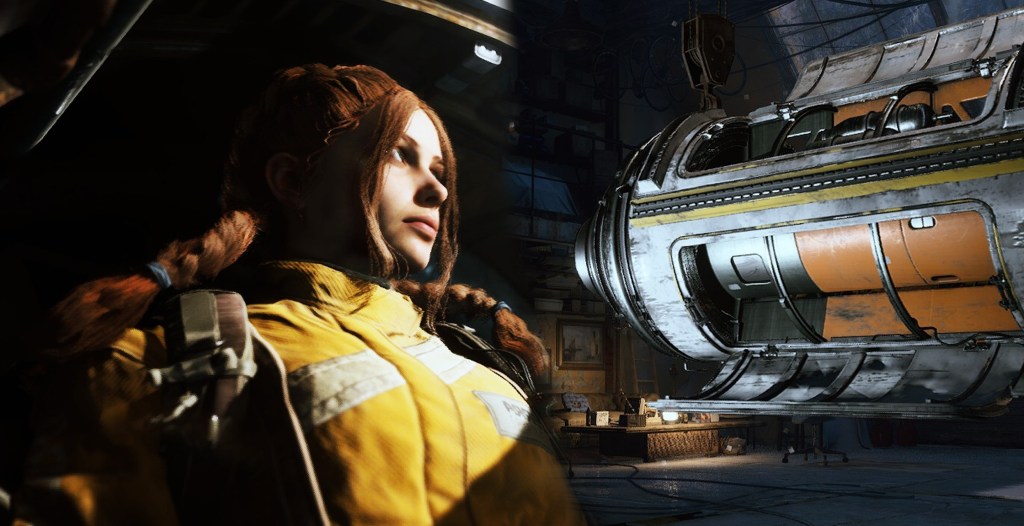Anyone who has spent time living in, or simply road tripping through, Southern California has noticed some of its peculiar buildings—eccentric styles that defy the common laws of architecture, and sometimes seemingly the laws of physics. Some of these oddities are famous, like Hollywood’s iconic TCL Chinese Theatre, but others are more obscure. Once you start looking for these surreal structures, though, you’ll find them everywhere.
Jim Heimann has been looking for them for a long time. An urban anthropologist, photographer, and illustrator renowned for his knowledge of Hollywood and Los Angeles, he has been collecting photos of these structures for decades. His 1980 book, California Crazy—which has since been expanded and updated—gave a name to this genre of architecture and documented SoCal’s kookiest structures. Now he has a new book out from Taschen, also called California Crazy, that willI hopefully introduce a new generation to the weirdness around LA. I recently spoke to Heimann about his love of unconventional architecture:
Videos by VICE

VICE: How did you come up with the concept for this book?
Jim Heimann: It all started when I was doing research on Hollywood nightclubs. When I was looking for files on Hollywood, inevitably I would find these buildings. I was copying them and putting them in a file. While doing the research I found a category of building that nobody wanted to deal with because it is somewhat anti-architecture, and some architecture critics wouldn’t consider it worthy of investigation. So, that made it even more interesting for me.
When I was a kid I would see some of these buildings around LA and I didn’t think too much of them, but once I started doing the research this architecture style started to really resonate with me.
So you grew up in LA.
I did, born and raised there.

Are there any buildings from your childhood that stick that you got to include in this book?
Yeah, the donut shop we used to go to on Sundays, just a mile or so from our house (and its still there). When you’re flying into LA, if you’re observant and on the north runway, just look down on the right side of the plane. You’ll see it. The donuts are great, they have a drive-through, and they also have a walk-up. It’s still there and that’s one I fondly remember.
How did you source these photos?
Most of them are archival photos. Over the years I collected them. Some of them are snapshots because there really wasn’t a formal photographer—sort of informal photography.
I go to the flea market every Sunday to find pictures, and I’ll buy them whether they’re in great condition or not. I’ll also find photos in newspaper morgues—that’s what they call the file cabinets that are loaded with old newspapers—deposited in places like UCLA. They’d cut out clipping from newspapers and staple them to a three-by-five card. They have rooms full of these file cabinets; it’s a very old-school way of doing things. They’re not labeled, but I can usually tell when one comes from Southern California.
How long have you been collecting them?
Oh god, since 1975.
Is there any unified term that you’d use to describe this movement of unusual architecture, or are they considered disparate individual structures?
There’s a lot of terminology given to them. A fellow who wrote the essay in the book—an architectural historian from UC Santa Barbara—called it “programmatic architecture.” That’s kind of the official term that people use. I think it’s a little more casual, and so I lean more towards pop architecture. Now that the book has come out people refer to it as “California crazy architecture.” the name came from the whole idea that southern California is very crazy, strange—you find all these buildings you aren’t going to find anywhere else—the buildings fulfill this idea. It operates on all of those different levels.
Describing it as programmatic architecture implies there’s an agenda with the structure specific to its design—like a donut shop being a donut. Is that what you mean?
Yeah, exactly. I love when objects take on these kinds of origin stories.


What parts of California were covered in this book? You mention Los Angeles, but did buildings come from other parts of the state?
LA, as a city, was based on the automobile and not any other form of transportation. LA in the 1920s and 1930s basically had all these little satellites towns and cities, and roads with land in between them. You would find these buildings all throughout Southern California and not in just one area.
I would include San Francisco as one smaller example. SF had a couple but, because SF is more a European city, it didn’t really have the opportunity to have the land to expand or be more comfortable with these buildings. But in Southern California you can build things like these.

Have you seen this type of bizarre structure in other parts of the country?
Though they are also spread throughout the US, they’re mostly here in Southern California. These buildings are very cheaply built. The weather on the East Coast—where you have four seasons—requires you to build structures that are going to last in those particular climates. In Southern California you just don’t have snow or a lot of rain. You can build a model two-by-four out of chicken wire and plaster. They were not made to last! They were built for ten, 20, 30 years of service and then who knew what was going to happen.
Because of that a lot of them did disappear—especially for the fact that they were considered blights on a landscape. Sadly, those were torn down.
Sign up for our newsletter to get the best of VICE delivered to your inbox daily.
Follow Nicole Clark on Twitter.
More
From VICE
-

Screenshot: Embark -

Samuel J Coe/Getty Images -

Pokemon GO's Holiday Part 1 event 2025

